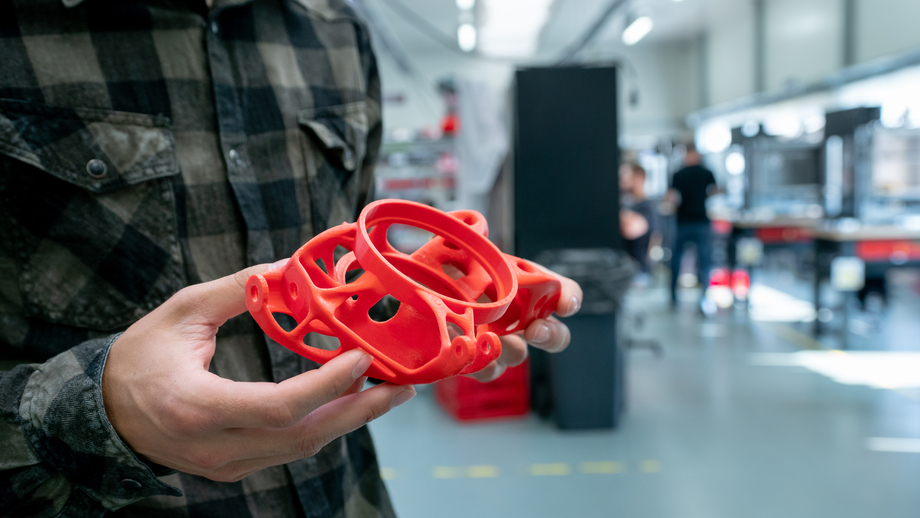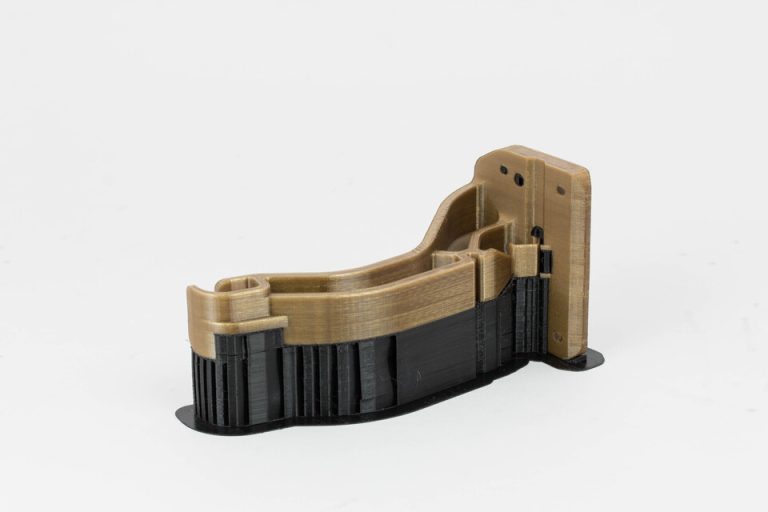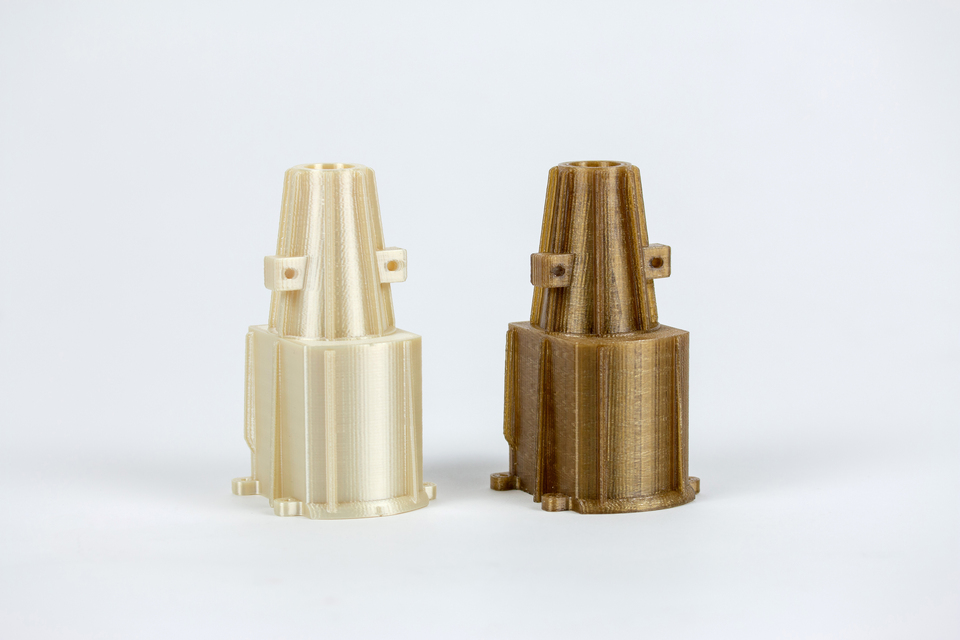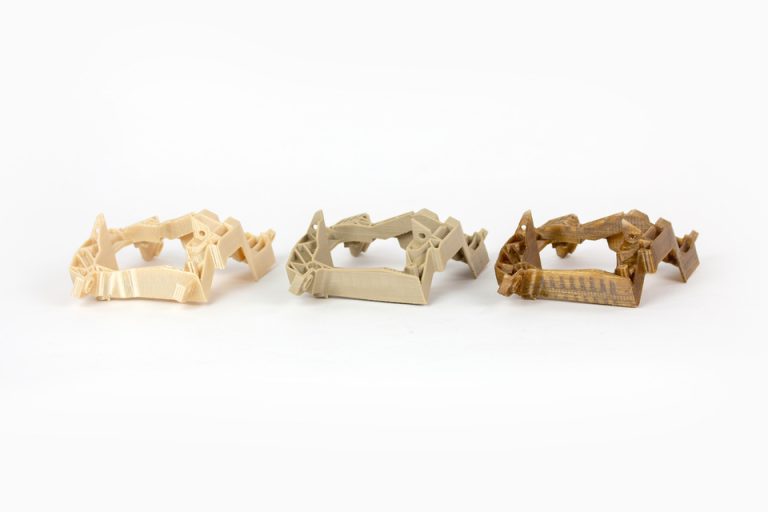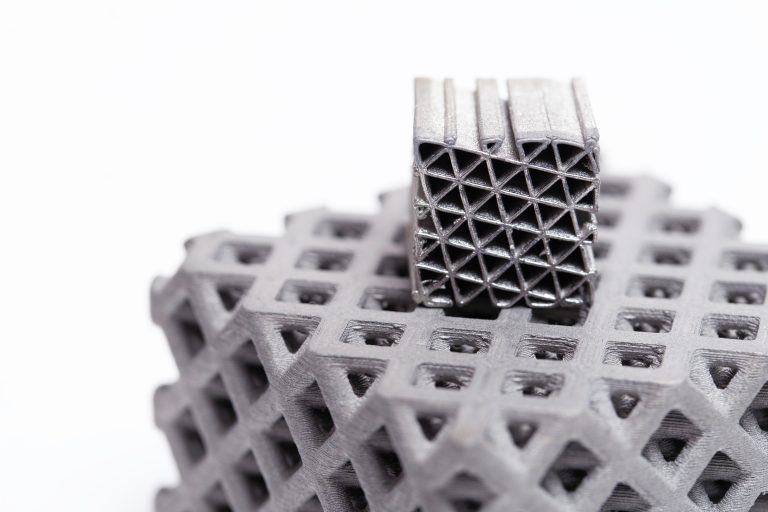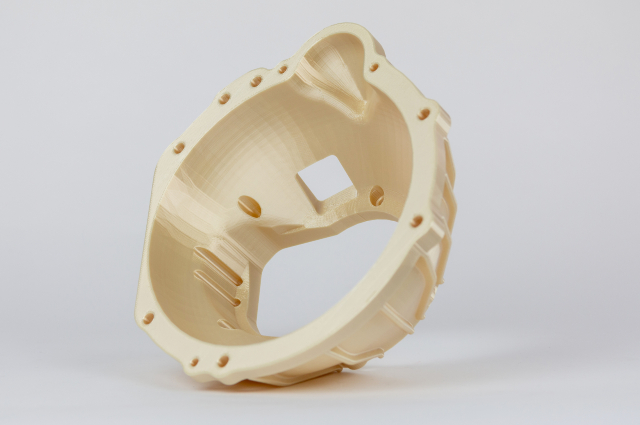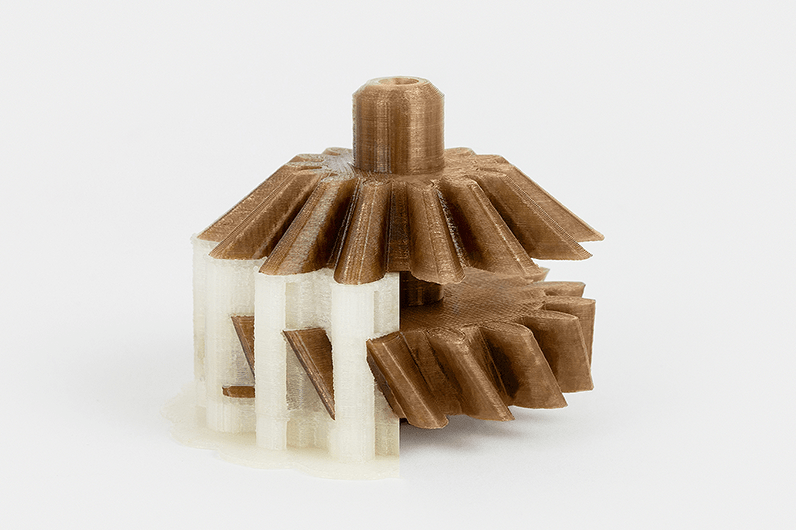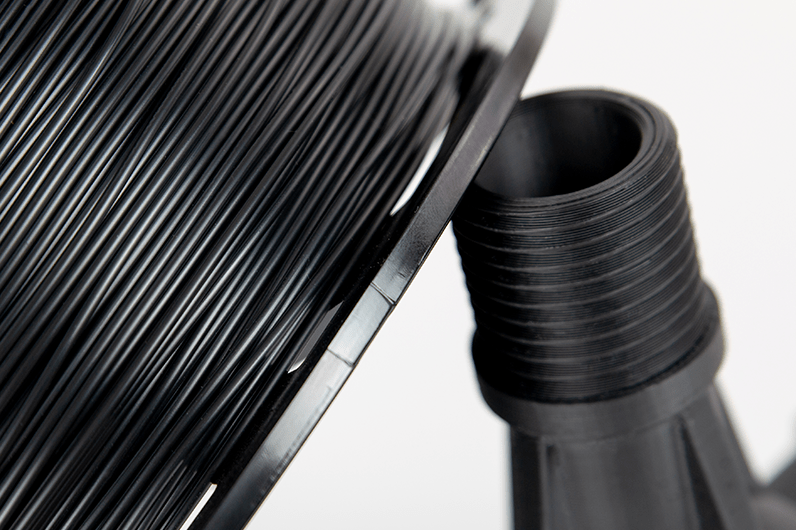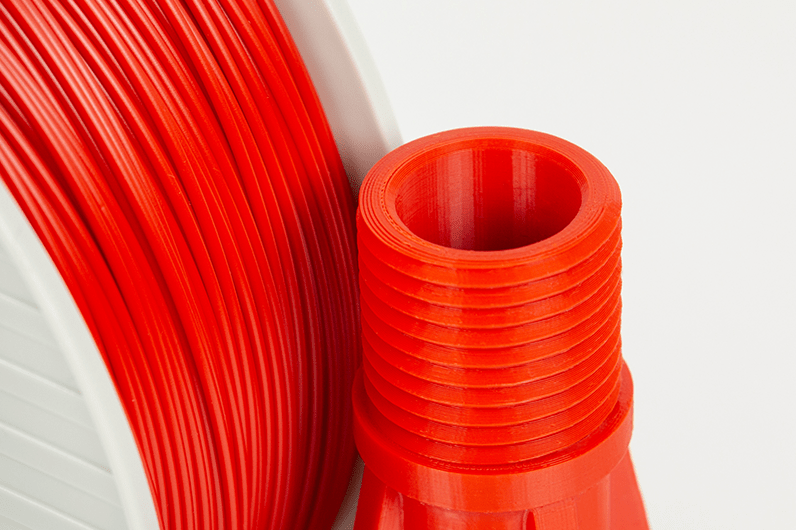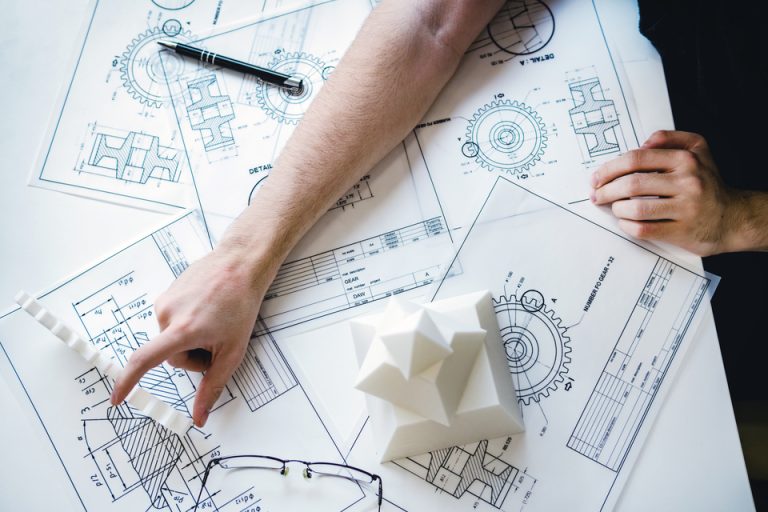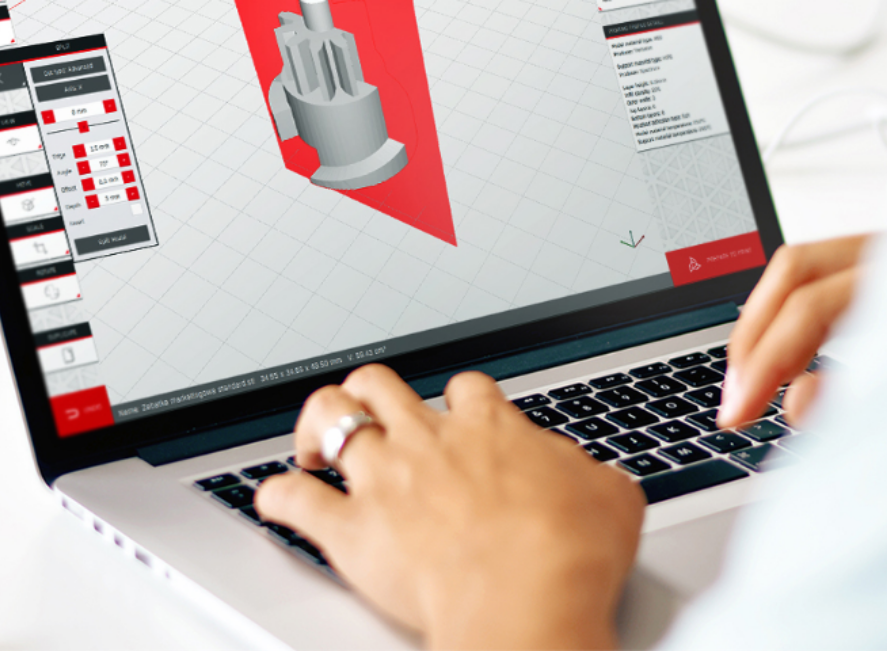Fused Filament Fabrication/Fused Deposition Modeling
Fused Filament Fabrication (FFF), also known as Fused Deposition Modeling (FDM), is a 3D printing process that uses a continuous filament of thermoplastic material that is deposited through a printing head, one layer at a time. It is well suited for the rapid production of functional prototypes and end-use parts with complex geometries and advanced materials.
Autocalibration
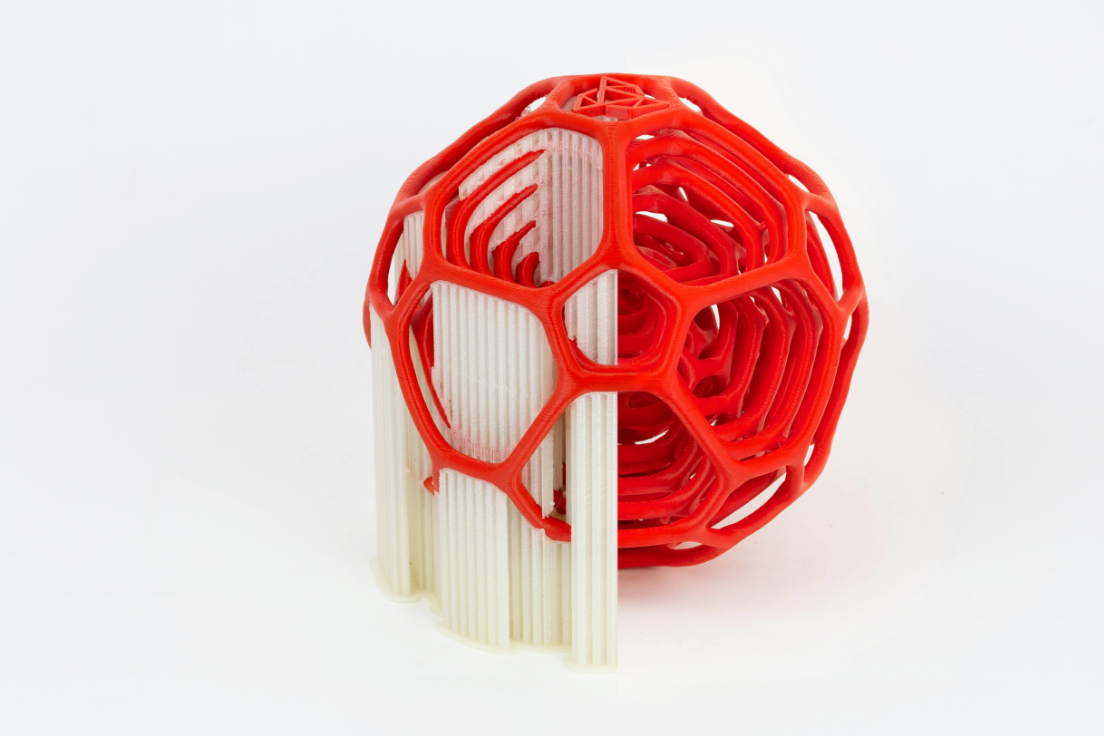
Autocalibration
3DGence DOUBLE enables 3D printing from water-soluble material BVOH, which allows removing supports without problems. Thanks to this solution you don’t have to manually deal with supports printed with HIPS or other breakaway materials.
An attempt to remove the supports mechanically may cause damage to the printout. BVOH support material gives the possibility of rinsing support material from the model and leave it in a perfect form.
Is the water temperature relevant?
The best effects of dissolving support material can be achieved with warm water. However, it can not be a temperature that threatens the building material. Water heated up to approx. 50°C will help remove the supports from the printout much faster. This process can also be improved by mixing water.
Finally, ensuring optimal conditions, such as in an ultrasonic cleaner, will dissolve the BVOH filament in just a few minutes.
